|
The German physicist who first recognized and reported on the existence of the strange new rays
|
|
The German physicist who first recognized and reported on the existence of the strange new rays
|
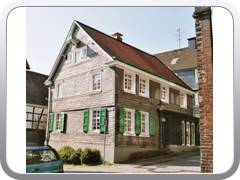 Roentgen was born in this house in Lennep in 1845 and was raised in the Netherlands. He was expelled from school because he refused to reveal the name of another student who had drawn a portrait mocking one of the teachers.
Roentgen was born in this house in Lennep in 1845 and was raised in the Netherlands. He was expelled from school because he refused to reveal the name of another student who had drawn a portrait mocking one of the teachers.
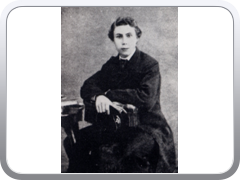 His expulsion made gaining entrance to other schools more difficult.
His expulsion made gaining entrance to other schools more difficult.
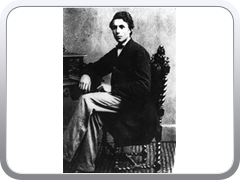 He was accepted to the Polytechnic Institute in Zurich and began studying mechanical engineering. In 1869, he graduated with a Ph.D. from the University of Zurich.
He was accepted to the Polytechnic Institute in Zurich and began studying mechanical engineering. In 1869, he graduated with a Ph.D. from the University of Zurich.
 He became a professor of physics at the University of Strasburg in 1876.
He became a professor of physics at the University of Strasburg in 1876.
 In 1888, he became chair of physics at the University of Wurzburg where he stayed for 12 years and where he made his remarkable discovery.
In 1888, he became chair of physics at the University of Wurzburg where he stayed for 12 years and where he made his remarkable discovery.
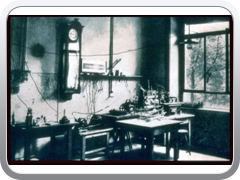 On November 8, 1895, while working in his lab, he noticed that a cardboard screen coated with barium platinocyanide began to fluoresce when it was exposed to the rays of a cathode ray tube.
On November 8, 1895, while working in his lab, he noticed that a cardboard screen coated with barium platinocyanide began to fluoresce when it was exposed to the rays of a cathode ray tube.
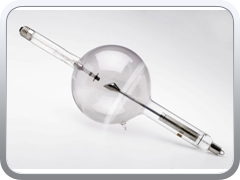 He speculated that the rays emanating from the Crookes tube (above) were a new kind of ray. Because their properties were unknown, he called them x-rays.
He speculated that the rays emanating from the Crookes tube (above) were a new kind of ray. Because their properties were unknown, he called them x-rays.
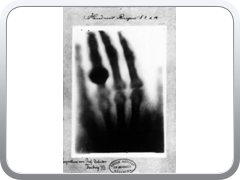 About two weeks later, he exposed the first x-ray of a human which is allegedly of his wife Bertha's hand.
About two weeks later, he exposed the first x-ray of a human which is allegedly of his wife Bertha's hand.
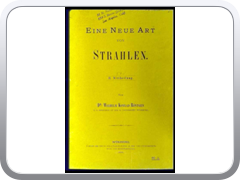 Roentgen's original paper, On A New Kind Of Rays (Über eine neue Art von Strahlen), was published on December 28, 1895. A week later, on January 5, 1896, an Austrian newspaper reported Roentgen's discovery of a new type of radiation.
Roentgen's original paper, On A New Kind Of Rays (Über eine neue Art von Strahlen), was published on December 28, 1895. A week later, on January 5, 1896, an Austrian newspaper reported Roentgen's discovery of a new type of radiation.
r3.png) The first Nobel Prize in Physics was awarded to Roentgen on December 10, 1901 in recognition of the extraordinary services he rendered by the discovery of his remarkable rays.
The first Nobel Prize in Physics was awarded to Roentgen on December 10, 1901 in recognition of the extraordinary services he rendered by the discovery of his remarkable rays.
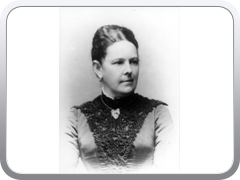 Roentgen married Anna Bertha Ludwig of Zurich, whom he had met in the cafe run by her father. They married in 1872. They had no children, but in 1887 adopted Josephine Bertha Ludwig, then aged 6, daughter of Mrs. Roentgen's only brother. (Nobel Prize Website)
Roentgen married Anna Bertha Ludwig of Zurich, whom he had met in the cafe run by her father. They married in 1872. They had no children, but in 1887 adopted Josephine Bertha Ludwig, then aged 6, daughter of Mrs. Roentgen's only brother. (Nobel Prize Website)
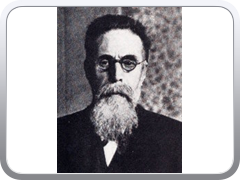 Roentgen-a few weeks before his death. Four years after his wife died, Roentgen died at Munich on February 10, 1923, from carcinoma of the intestine.Lightbox Alternative by VisualLightBox.com v3.0
Roentgen-a few weeks before his death. Four years after his wife died, Roentgen died at Munich on February 10, 1923, from carcinoma of the intestine.Lightbox Alternative by VisualLightBox.com v3.0
The Museum of Modern Imaging™ is a virtual museum produced by LearningRadiology.com © |
All photos retain their original copyrights. Much of the material comes directly from the Radiology Centennial, Inc project marking the100th anniversary of the discovery of x-rays in 1995. |
Return to the Floor Plan by clicking on the "Museum of Modern Imaging" title on any page |
All Rights Reserved © |